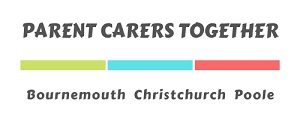If your child does not drink enough or can go long periods without drinking or does not recognise when they need a drink, then this post is for you.
Children who don’t recognise when they need are thirsty or when they can’t communicate they are thirsty or want a drink are at higher risk of becoming dehydrated.
Common signs of dehydration include:
* A dry mouth, lips, and tongue
* dark, strong smelling wee
* headaches
* weeing less than usual
* feeling tired
* feeling dizzy or light headed
* sunken eyes
So what can you do to support your child?
Role model and use language to describe how you feel when you are thirsty e.g. ‘my mouth feels dry, I must be thirsty’. You can support this with gestures - sticking your tongue out, licking your lips, pointing to your mouth, etc. Then have a drink and use language to describe how you feel now you had a drink.
Support your child to drink on a schedule so that it becomes part of their daily routine and train their body to drink throughout the day. E.g. at breakfast - break time - lunch - afternoon - tea - 1-2 hours before bed.
Explain to them why it is important to drink regularly throughout the day. There are social stories and short videos you can use to support this I.e.
https://youtu.be/t9MpHES07Os?feature=shared
Teach your child to use a urine colour chart like the one shown below. This provides the child a visual cue whether they are drinking enough.
Co-regulate with your child and drink with them. This is helpful for children who are demand avoidant or are not motivated to drink. Make it fun and play drinking games such as placing a small plastic figurine in a cup of water and challenge your child to drink until the figurine reach the bottom of the cup. Alternatively make drinking water look more fun by using novelty straws and cups.
Offer them food with high water content e.g. fruits, soup, ice cream, and jelly.
For older children, they can use smart water bottles and drinking water reminder apps.
We hope this helps.
What other tips can you share with families?




